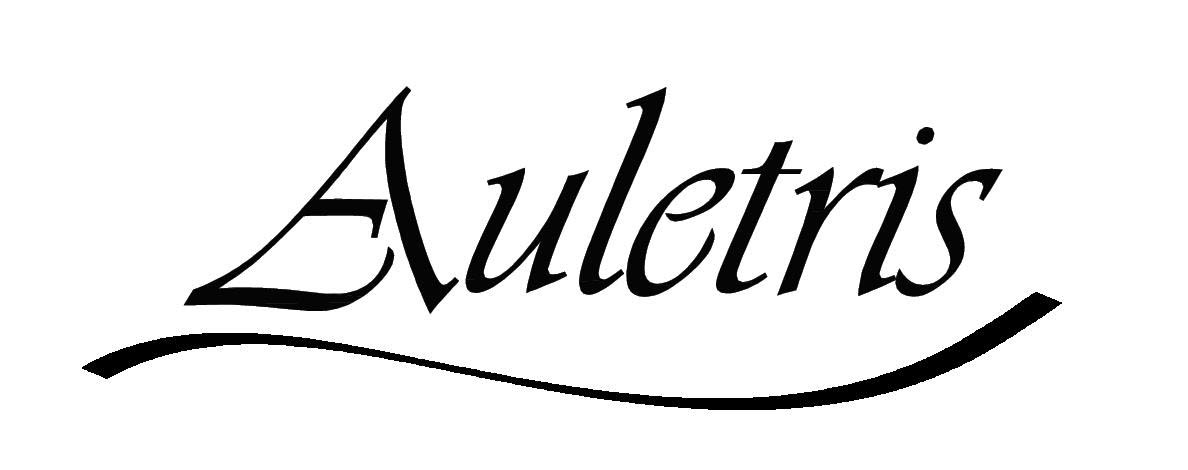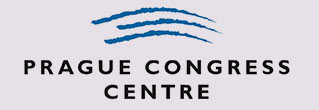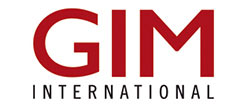History
Czech Brief History
First Slavs came to Bohemia, an area - that is nowadays called the Czech Republic between the 4th and 6th centuries, in the time of enormous “Migration of peoples”. These legendary people built up foundations, on which our new-age history began.
There have always been “jewels” to be found in the Czech nation, especially some of our kings had been important in Europe for the major part of their time. St. Wenceslas in the 10th and Charles IV in the 14th century were personalities that opened a tremendous development in Bohemia. At the same time, they were the ones that created the atmosphere and actual appearance of Prague as we know now.
The so-called “First Republic” was an outstandingly successful period of Czechoslovakia; it was founded as a self-sufficient and sovereign democratic state after the First World War in 1918. Between the two wars, excluding the economic crisis in thirties, the Czech Crown, an official currency of Czechoslovakia was the fourth strongest currency in the whole Europe and had strong partners, too.

Unfortunately, the World War II rushed in and crushed many things that had taken so long to build. Even though Prague directly was bombed just once (by an accident navigation mistake), big damages occurred – same as in the rest of Europe. The damages not caused by Nazis, were done by the communist regime taking the power in 1948. Setting up and planning everything in the society, as well as economy, communist regime lasted till 1989 and then they left after a peaceful (as we it is called “Velvet”) revolution.
Nineties of the 20th century were very hard for the Republic, as the system had to be rebuilt. Improving services and logistics for tourists helped so much that even the Prague international airport had to be enlarged twice during last fifteen years and new constructions are still going on. Natural heritages as well as 12 cities are in the UNESCO list being wonderful during four seasons.
Prague Brief History
The town has been the capital of the Czech kingdom/state for over eleven centuries; it originated as a settlement around Prague Castle which was established around the year 880.
During the 13th century, the communities at the foot of the castle hill were awarded the liberties of a city and the twin cities - Old Town and Lesser Town were created. By founding the New Town in 1348, Emperor Charles IV of Luxembourg helped to turn Prague into one of the most important cities of Europe of the Middle Ages. He decorated it with many public buildings and pieces of art and also established the first university in Central Europe that is in the region north of the Alps and east of France. He was an emperor who faced the economic crises of his inhabitants. One result of his decision was to employ people to construct of a part of the Prague town wall called the Wall of Hunger which is still admired on Petřín hill neighboring Prague Castle and Lesser Town.

At the beginning of the 15th century, the university environment gave rise to the preaching of Master Jan Hus, which in turn served as an origin of the Hussite Revolution (1419-1434).
Between the years 1583-1612, the Austrian Emperor and Czech King Rudolph II of the Habsburg dynasty being a great art enthusiast selected Prague Castle as his permanent residence. Prague became known as a centre of artists and scholars. The flourishing period was brought to an abrupt end by the uprising of the Czech states during the years 1618-1620. This event was a starting point of the Thirty Years War in Europe. At the end of the conflict, Prague was relegated to a provincial city, forcibly brought back to the Catholic religion with a population decimated by war and emigration. However, it was restored in the unique Prague baroque style. It flourished soon again during the period of the industrialization.
In 1784, the Emperor Joseph II united four previously independent Prague towns: Old Town, New Town, Lesser Town and Hradčany – the Castle area, Hradschin - into the single Capital City of Prague.
In the 19th century, Prague became a centre of the Czech National Revival, and the capital of the independent Czechoslovak Republic since October 28, 1918.
Except for the period of the Nazi occupation (1939-1945), Prague has been substantially enlarged by addition of several neighboring towns and villages (in 1922, 1968, and 1974).
It was the site of the so-called Prague Spring, violently terminated on August 21, 1968 with the occupation of the city by the Warsaw Pact armies. It was a birthplace of the “velvet revolution” which ended the totalitarian regime and returned the country to a democratic political system (two-chambered parliamentary constitutional democracy) in November 1989.
After 1989 Prague had to deal with several problems, especially those connected with the strong and general need to support economy with both logistics, and services. The city successfully manages to enhance the logistic possibilities of the Prague international airport as well as city transport rings (both inner and outer) to provide any visitor with a maximum comfort and level of experience comparable to the world’s top destinations.

























